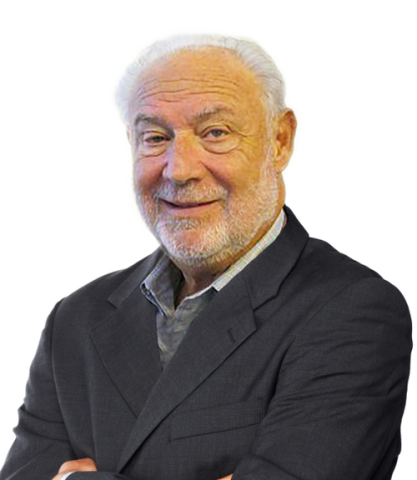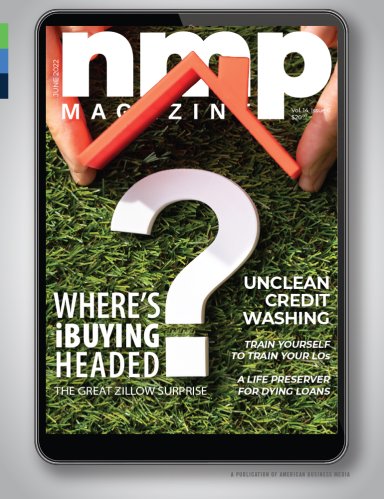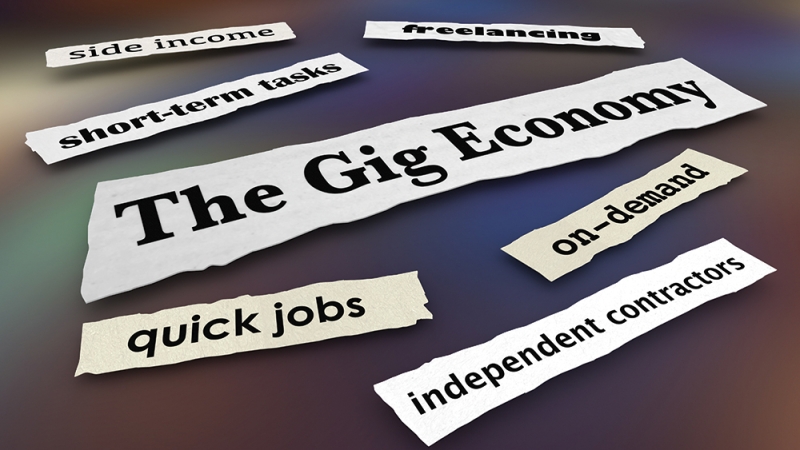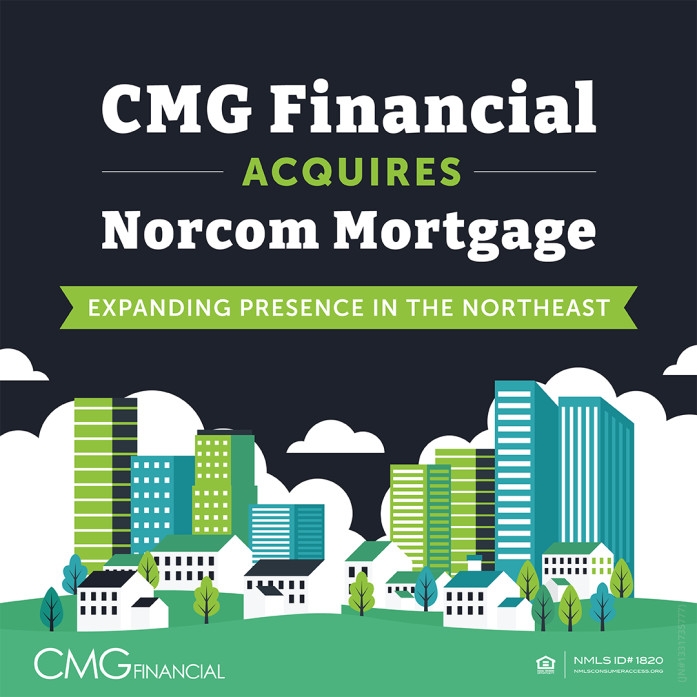Money isn’t just handed out, though. Many of these assistance programs come with eligibility requirements. For example, close to 20% are aimed at special groups such as veterans, first responders, educators and persons with disabilities or other special circumstances. About two-thirds are confined to first-time buyers. In Roseville, Minn., for example, rookie buyers could be eligible for loans of up to $25,000 that are payable when the borrower moves on.
There often are other restrictions, too, including limits on purchase price, location, property type, credit scores, history of home ownership, qualifying ratios and liquid assets. In Gaithersburg, Maryland, buyers in an Opportunity Zone within the city limits are eligible for down-payment help of up to 10% of the purchase price, not to exceed $25,000.
Many plans also have income limits, but those can be deceiving. In certain high-cost markets, the income ceiling can exceed 180% of the median income for the area. And 38% don’t include a first-time buyer requirement. Even with income limits, though, the benefit can run up to tens of thousands.
In Miami-Dade County, Florida, for example, the 53 down payment assistance programs currently available range in benefits from $2,125 to $150,000. In Austin, Tex., a family of three-to-six people earning up to $80,000 has access to 24 different programs, including a $2,000 per year federal income tax credit for the life of the mortgage, a grant of 6% of the loan amount to use to cover a down payment and closing costs, or an interest-free loan of 5% of the loan amount to use as part of the down payment and closing costs.
In Denver, Colorado, a three-person household with a veteran or military applicant making $100,000 a year and buying a $300,00 house has access to 21 programs, including a non-first-time buyer program offering up to a three-year, $17,100 forgivable second mortgage and a below-market-rate primary loan.
And in Jacksonville, Florida, a one-person household who is a teacher with an annual income of $70,000 has access to 17 programs, including a $15,000 “silent” second mortgage, a “forgivable” second mortgage for up to 5% of the loan amount for down payment and closing cost assistance and a $2,000 a year federal income tax credit for the life of the mortgage.
Nationally, according to DPR’s latest count, the average down payment benefit is $15,664. And across all 2,065 programs that are flush with cash, the average benefit of all kinds, not just down payment assistance, is a whopping $24,263. Certainly, that kind of money is enough to save at least some deals on which you are currently turning down. n
EDITOR’S NOTE: A recent column indicated Freddie Mac was currently involved in a single-family rental pilot program, but that short-lived initiative ended in 2018.












